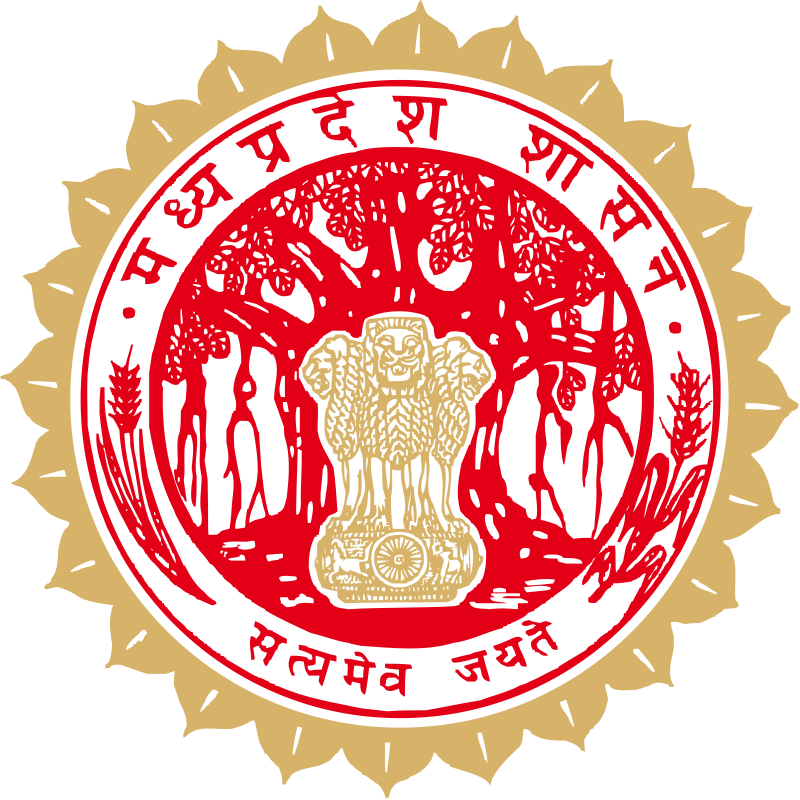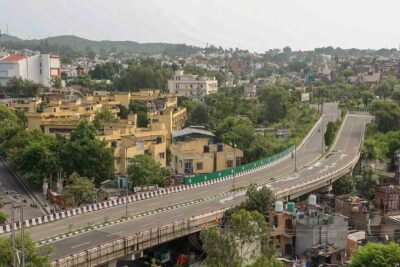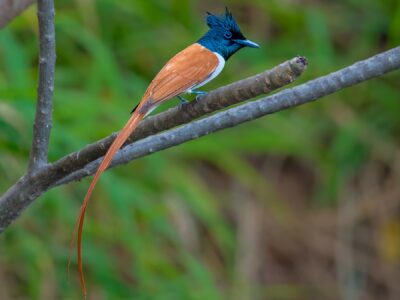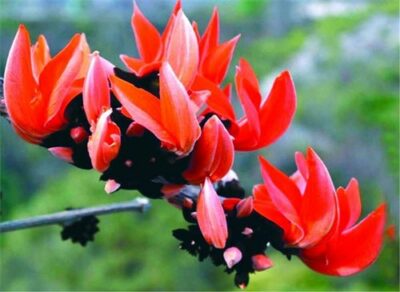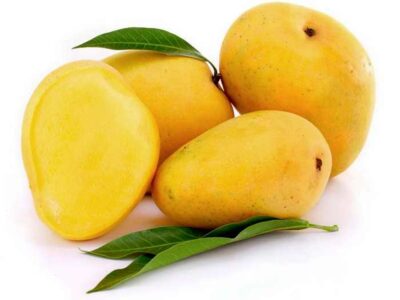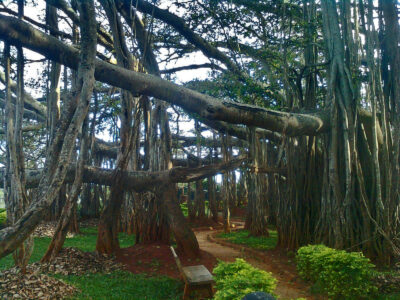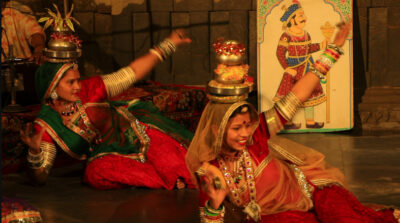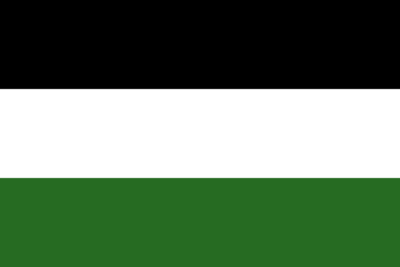State Symbols of Madhya Pradesh
Last updated on January 21st, 2023 by Editorial Staff
By | Updated on January 21, 2023
Reviewed by Rittika
Madhya Pradesh is known as the Heartland State because of its location in India’s core area. There is no coastline and no international border in the state. Madhya Pradesh is the second-largest state in terms of land and fifth-largest in terms of population. It is bordered by Uttar Pradesh on the northeast, on the southeast by Chhattisgarh, on the south by Maharashtra, on the southwest by Gujarat, and on the northwest by Rajasthan. Bhopal, in the state’s west-central region, is the capital. Banjar, Betwa, Bichia, Chambal, Chillar, Denwa, Gohad, Gour, Jammer, Kalisot, Khan, Kolar, Kshipra, Kunda, Malei, Narmada, Parvati, Shiva, Tapi, Tons, and Wainganga are among the state’s 21 rivers.
Madhya Pradesh’s official language is Hindi, which is widely spoken. Bundeli, Bagheli, Nimari, Marathi, Sindhi, Urdu, and Malawi are the most widely spoken regional dialects in addition to Hindi.
Shri Shivraj Singh Chouhan is the current Chief Minister of Madhya Pradesh, and Mangubhai C. Patel is the current Governor.
Demographical Profile
The state has a total size of 308,245 km2 and a population of about 72,626,809 people. The total literacy rate is 70.6 % with a sex ratio of 931 women per 1000 males.
Climate
the three major seasons are Summer, Monsoon, and winter. During the summer months (March–June), the temperature in the entire state exceeds 29.4 degrees Celsius. Madhya Pradesh’s eastern regions are often hotter than its western regions. In the month of May, temperatures exceed to 42 °C. The humidity level is quite low, and the region is prone to regular light dust storms. The southwest monsoon normally begins in mid-June, and the state receives most of its rainfall from June to September. Rainfall is more common in the south and southeast, but it is less common in the northwest.
Wildlife and Natural Vegetation
Official data from the early twenty-first century stated that roughly a third of the state’s total land was forested, while satellite imaging revealed that the proportion was closer to one-fifth. Permanent pasture or other grazing land makes up an even smaller portion of Madhya Pradesh. The Vindhya Range, the Kaimur Hills, the Satpura and Maikala ranges, and the Baghelkhand Plateau are the main forested areas. Teak and Sal (Shorea robusta), both valuable hardwoods; bamboo; salai (Boswellia serrata), which gives a resin used for incense and medicine; and tendu, whose leaves are used for rolling bidis, are among the state’s most prominent trees (Indian cigarettes).
Tigers, panthers, bears, gaurs (wild cattle), and a variety of deer, including chital (spotted deer), sambar, blackbucks, and the rare barasingha, exist in the forests (swamp deer). Many different bird species can be found in the woods. The most well-known national parks and wildlife sanctuaries in Madhya Pradesh are Kanha National Park in the southeastern part , which is home to the barasingha; Bandhavgarh National Park in the east, which is home to the endangered white tiger; and Shivpuri (Madhav) National Park in the north, which includes a bird sanctuary. In the northwest, the National Chambal Sanctuary (managed jointly by Rajasthan and Uttar Pradesh) has a tiger sanctuary, while the Kanha National Park has a tiger sanctuary.
The state bird is the Indian paradise flycatcher and the animal is Barasingha.
Economy
Madhya Pradesh’s economy is based on agriculture. However, cultivable land makes up less than half of the total land area, and its distribution is unequal according to topography, rainfall, and soil types. 7.57 percent of Madhya Pradesh’s soil is alluvial. The Chambal River valley, as well as the Malwa and Rewa plateaus, are the principal farmed areas. Another fertile region is the Narmada valley, which is covered in river-borne alluvium.
Wheat, sorghum (jawar), corn (maize), rice, and pulses are the most important crops (legumes such as peas, beans, or lentils). Rice is farmed primarily in the east, where there is greater rainfall, although wheat and sorghum are more important in central and western Madhya Pradesh. The state is one of India’s top soybean producers. Linseed, sesame, sugarcane, and cotton are among the other crops grown in hilly terrain, as are other millets.
Culture (Art, Music, and Cuisines)
Madhya Pradesh is located in the center of India. Originally known as Malwa, the region has produced legends such as Emperor Ashoka, Chandragupta, Vikramaditya, Harsha Vardhan, Raja Bohoj, and many others.
Madhya Pradesh’s rich past is reflected in its ancient temples, fortresses, and cave works. UNESCO has designated three sites in Madhya Pradesh as World Heritage Sites: the Khajuraho Group of Monuments, which includes the Devi Jagadambi temple in Khajuraho, Buddhist Monuments at Sanchi, and the Bhimbetka Rock Shelters Ajaigarh, Amarkantak, Asirgarh, Bandhavgarh, Bawangaja, Bhopal, Vidisha, Chanderi, Chitrakuta, Dhar, Gwalior, Indore, Nemavar, Jabalpur, Burhanpur, Maheshwar, Mandleshwar, Mandu, Omkareshwar, Orchha, Pachmarhi, Shivpuri, Sonagiri, Mandla. Classical and folk music are popular in Madhya Pradesh. The Maihar Gharana, the Gwalior Gharana, and the Senia Gharana are some of the most well-known Hindustani classical music gharanas in Madhya Pradesh.
Woven cotton or silk sarees, fabrics with block prints, stuffed toys, floor coverings, bamboo work, cane work, jute work, woodcraft, iron craft, stone craft, metal craft, terra cotta, zari work, folk art, jewelry, dolls, and papier-mache all benefit from this intrinsic aptitude. Apart from the foregoing, it is well-known for its spooky Gond artwork and ancient Gwalior carpets. In the local bazaars, other crafts such as bamboo and jute work are commonly traded.
Traditional delicacies such as kusli, lavang lata, jalebi, pilaf with peas, Indori puri palak ki, baflas, kebabs, and biryani reign supreme in our country’s heart and stomach. Bhopal’s spicy kebabs, biryani, korma, seafood, meat, and keema will fill you up.
All of Madhya Pradesh’s traditional dances are wonderful due to their brilliant colors, unique outfits, and lovely music. Festival dances such as Gaur, Muria, Sugga, Saila, Karma, Kaksar, and Chithirai are renowned.
In Madhya Pradesh, the most popular traditional dresses for ladies are the lehenga and the choli. Odhni is a traditional scarf that wraps the head and shoulders and is an important part of traditional attire.
Tourism
Because of its prime location, Madhya Pradesh has long been a popular tourist destination in India. For the third year in a row, Madhya Pradesh has won the National Award for Best Tourism State. The Rock Shelters of Bhimbetka; The Khajuraho Group of Monuments, the Buddhist Monuments at Sanchi, and the city of Gwalior and Orchha have all been designated as UNESCO World Heritage Sites in Madhya Pradesh.
State Information
| Official Language | Hindi |
| State Rank | 2 |
| Demonym(s) | Madhya Pradeshi |
| Nickname | Heart of India, Tiger state |
| ISO | IN-MP |
| Formation Date | 1 November 1956 |
| Coordinates | Lat: 22.9734° N, Long: 78.6569° E |
| Area |
State seal
Motto of Madhya Pradesh
Satyameva Jayate-"Truth alone triumphs"
State symbols of Madhya Pradesh 👇
-
State capitalBhopal
-
State birdIndian Paradise
-
State flowerPalash
-
State fruitMango
-
State treeBanyan
-
State danceTertali dance
